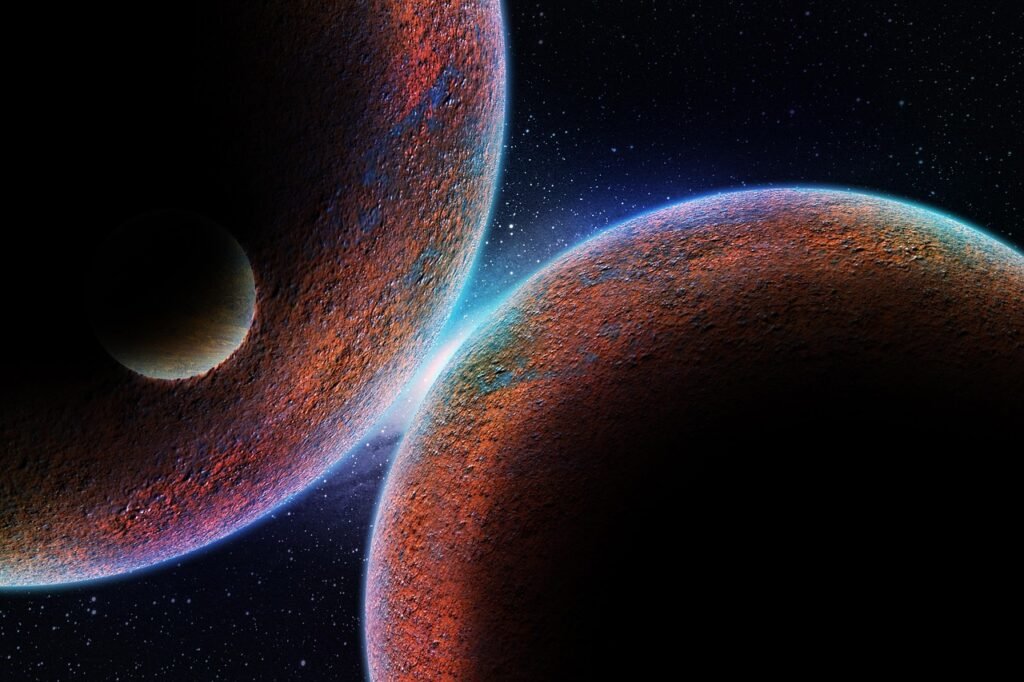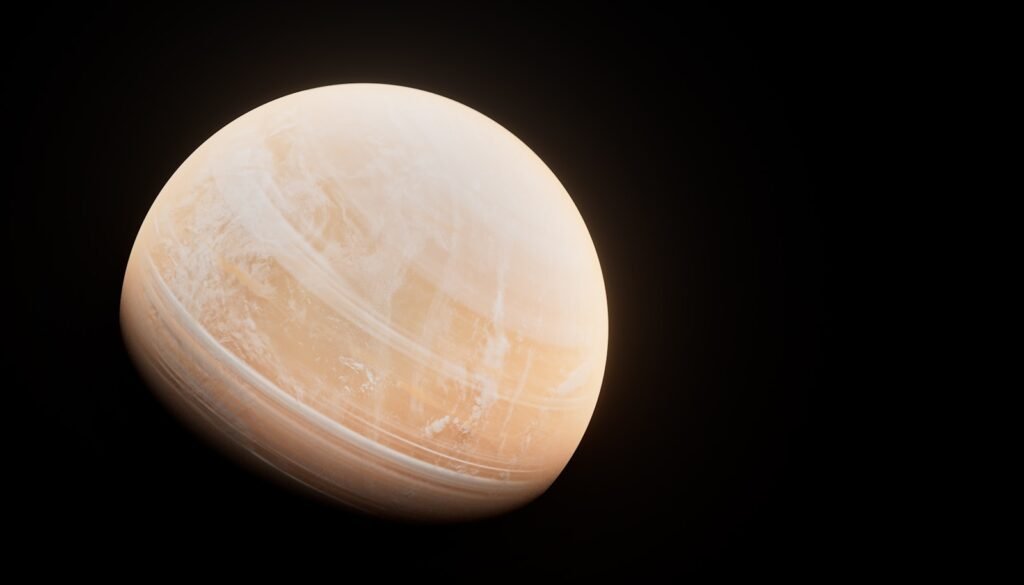Ever looked into a mirror and wondered about the world on the other side? What if that world wasn’t just a reflection but an entire universe running backwards through time? This strange idea isn’t from science fiction anymore. It’s becoming one of the most fascinating theories in modern cosmology, challenging everything we thought we knew about reality itself.
New research suggests an unseen ‘mirror world’ of particles that interacts with our world only via gravity that might be the key to solving a major puzzle in cosmology today. This theory could explain some of the universe’s greatest mysteries, from dark matter to why the cosmos looks the way it does. Scientists are beginning to think our universe might have been born alongside that moves in the opposite direction through time.
The Birth of Mirror Universe Theory

The idea of a mirror universe first appeared in the famous parity violation paper of Lee and Yang in 1956. These pioneering physicists noticed something strange about how particles behave in our universe. While certain processes violate fundamental symmetries, nature might restore balance if there existed another sector with identical particle types but opposite properties.
It seems that nature has worked out a simpler way of being consistent than theorists had anticipated. Neil Turok, a leading cosmologist, became frustrated with increasingly complex theories. It’s an approach that was born out of a certain sense of frustration with previous approaches. In my view, they had all become rather complicated and contrived.
Understanding CPT Symmetry

In this model, the universe respects a specific kind of symmetry known as CPT. CPT stands for charge (C), parity (P), and time reversal (T). CPT symmetry means particle interactions should look the same if you flip the charges, look at their mirror image, and run the interactions backward in time.
Think of it like a cosmic balancing act. If you could reverse every charge in the universe, flip space like a mirror, and run time backwards, the laws of physics should remain unchanged. This seems to violate a fundamental symmetry, called CPT symmetry, that says physics is unchanged when time, space, and matter-antimatter are all flipped.
The Anti-Universe Concept

Instead, the universe after the big bang is the CPT image of the universe before it, both classically and quantum mechanically. The pre- and post-bang epochs comprise a universe/anti-universe pair, emerging from nothing directly into a hot, radiation-dominated era.
In the CPT-symmetric model, time and space flow continuously across the big bang, and the antiuniverse that emerges in the negative time direction behaves like a mirror reflection of our Universe. This isn’t some parallel dimension you could visit. In other words, as our universe moves forward in time, a mirror universe exists alongside it, moving backward in time. This mirror universe is not a separate realm we can travel to but rather a fundamental aspect of our own universe’s structure.
Solving Dark Matter with Heavy Neutrinos

One of the most exciting aspects of this theory involves dark matter, that mysterious substance making up about 27% of the universe. CPT symmetry selects a unique QFT vacuum state on such a spacetime, providing a new interpretation of the cosmological baryon asymmetry, as well as a remarkably economical explanation for the cosmological dark matter. Requiring only the standard three-generation model of particle physics (with right-handed neutrinos).
Turok says heavy right-handed neutrinos would naturally be generated in great abundance if you start with a mirror universe model that respects CPT symmetry. Two of them would explain the mass differences already seen in the light neutrinos. The third could be stable and would naturally comprise the dark matter. According to Turok, CPT symmetry can be used to work out the abundance of right-handed neutrinos in our universe from first principles. By factoring in the observed density of dark matter, he says that quantity yields a mass for the right-handed neutrino of about 5×108 GeV – some 500 million times the mass of the proton.
Challenging the Inflation Model

Cosmic inflation is often described as the “Big Bang on overdrive.” According to this theory, the universe expanded exponentially in a fraction of a second following the Big Bang, smoothing out and flattening space on an astronomical scale. This concept has helped solve many cosmological puzzles, but it also brings challenges, especially when we look deeper.
Inflation suggests that this expansion left behind gravitational waves, which should be detectable, but despite numerous attempts, scientists have yet to find this “smoking gun” evidence. The mirror universe theory offers a different path. According to the 2018 study, if the universe is symmetric about the Big Bang, then its growth could occur naturally over time without requiring a burst of inflation. This reframing could simplify cosmological modeling by reducing the number of assumptions and ad hoc mechanisms.
Testing the Theory

This theory will be testable in the near future, Turok says, with galaxy surveys now being made by the Euclid satellite and the Large Synoptic Survey Telescope (LSST) now known as the Vera C. Rubin Observatory. If these tests pan out, “this becomes easily the most convincing theory of dark matter, in my view,” Turok says.
Our predictions can be tested observationally,” said Boyle. “If the theory does not pass these tests, it will be ruled out. If a value that is measured does not agree with the value we have predicted, then our theory is not correct. The theory makes specific predictions about neutrino masses and the absence of primordial gravitational waves, both testable in coming years.
Gravitational Entropy and Universe Flatness

Boyle and Turok found their new approach allowed them to extend Hawking’s method and calculate the gravitational entropy of the cosmos, given its broad properties including the curvature of space, the cosmological constant, the total mass, and the total entropy in radiation. To their amazement, they found the gravitational entropy is greatest for universes which are spatially flat, with nearly uniform radiation and matter.
Therefore, a smoothing and flattening process like inflation is no longer needed: the broad properties of the universe are the way they are just because there are many more smooth, flat universes than curved, lumpy ones. Furthermore, they found the gravitational entropy favours a small, positive cosmological constant, just as we observe. In this respect, the mirror universe explanation does better than inflation.
Time Symmetry and the Arrow of Time

The symmetry also implies that the total entropy of the universe is more balanced than previously thought. Rather than a low-entropy beginning followed by a high-entropy future, both the universe and its mirror would evolve toward higher entropy from a central low-entropy point – the Big Bang.
This, in turn, explains several observed properties of the primordial perturbations, provides a simple new and fundamental explanation for the observed arrow of time, i.e., the fact that entropy increases as we get further from the bang, and suggests a new proposal for the wavefunction of the universe. Rather than time flowing in just one direction, the mirror universe model suggests a more symmetric view where time flows away from the Big Bang in both directions.
Connections to Recent Dark Matter Research

In one, a hidden “mirror” universe with its own particles and forces could have created dense black hole–like objects in the early cosmos, making up all the dark matter we see today. Recent studies from UC Santa Cruz have explored similar ideas. In one study, he proposes that dark matter could have been born in a dark matter ‘mirror’ of our own Universe, where matter is made of dark versions of particles akin to our protons and neutrons. In the other, published in early July, Profumo proposes that dark matter particles could have formed at the boundary of the cosmic horizon.
We propose that the dark matter of our Universe could be sterile neutrinos which reside within the twin sector of a mirror twin Higgs model. In our scenario, these particles are produced through a version of the Dodelson-Widrow mechanism that takes place entirely within the twin sector, yielding a dark matter candidate that is consistent with X-ray and gamma-ray line constraints.
Implications for Our Understanding of Reality

But the significance goes beyond theoretical physics. If proven true, this theory challenges our understanding of time and the fundamental nature of reality itself. Instead of viewing time as an arrow pointing forward, this theory posits that time could exist in a symmetrical loop, with our universe and its mirror reflecting one another perfectly.
The mirror universe theory represents more than just another cosmological model. For one, it suggests that our universe might be simpler and more predictable than inflation and string theory allow. This simplicity has important scientific consequences, potentially solving multiple cosmological mysteries with fewer assumptions. If the mirror universe theory gains support through observation, it could signify a monumental shift in cosmology, moving from complex, speculative theories like inflation and string theory to a simpler, more elegant model. This shift would not only alter our understanding of the universe’s origins but also open the door to a new era of cosmological research.
Conclusion

The mirror universe theory stands as one of the most intriguing ideas in modern cosmology. It offers elegant solutions to persistent puzzles like dark matter and the universe’s flatness while requiring no exotic new physics beyond what we already know. While the anti-universe theory may seem speculative, it is grounded in rigorous mathematical modeling and is consistent with current observational constraints.
The mirror universe theory is still in its infancy, but it has the potential to reshape our understanding of the cosmos. As telescopes peer deeper into space and particle detectors become more sensitive, we may soon discover whether our universe truly moving backwards through time. If confirmed, this would represent one of the most profound discoveries in the history of science – revealing that reality itself might be far stranger and more beautiful than we ever imagined.
What would it mean to live in a universe with a hidden mirror twin? The answer might be waiting in the data from our next generation of cosmic observations.

Jan loves Wildlife and Animals and is one of the founders of Animals Around The Globe. He holds an MSc in Finance & Economics and is a passionate PADI Open Water Diver. His favorite animals are Mountain Gorillas, Tigers, and Great White Sharks. He lived in South Africa, Germany, the USA, Ireland, Italy, China, and Australia. Before AATG, Jan worked for Google, Axel Springer, BMW and others.




